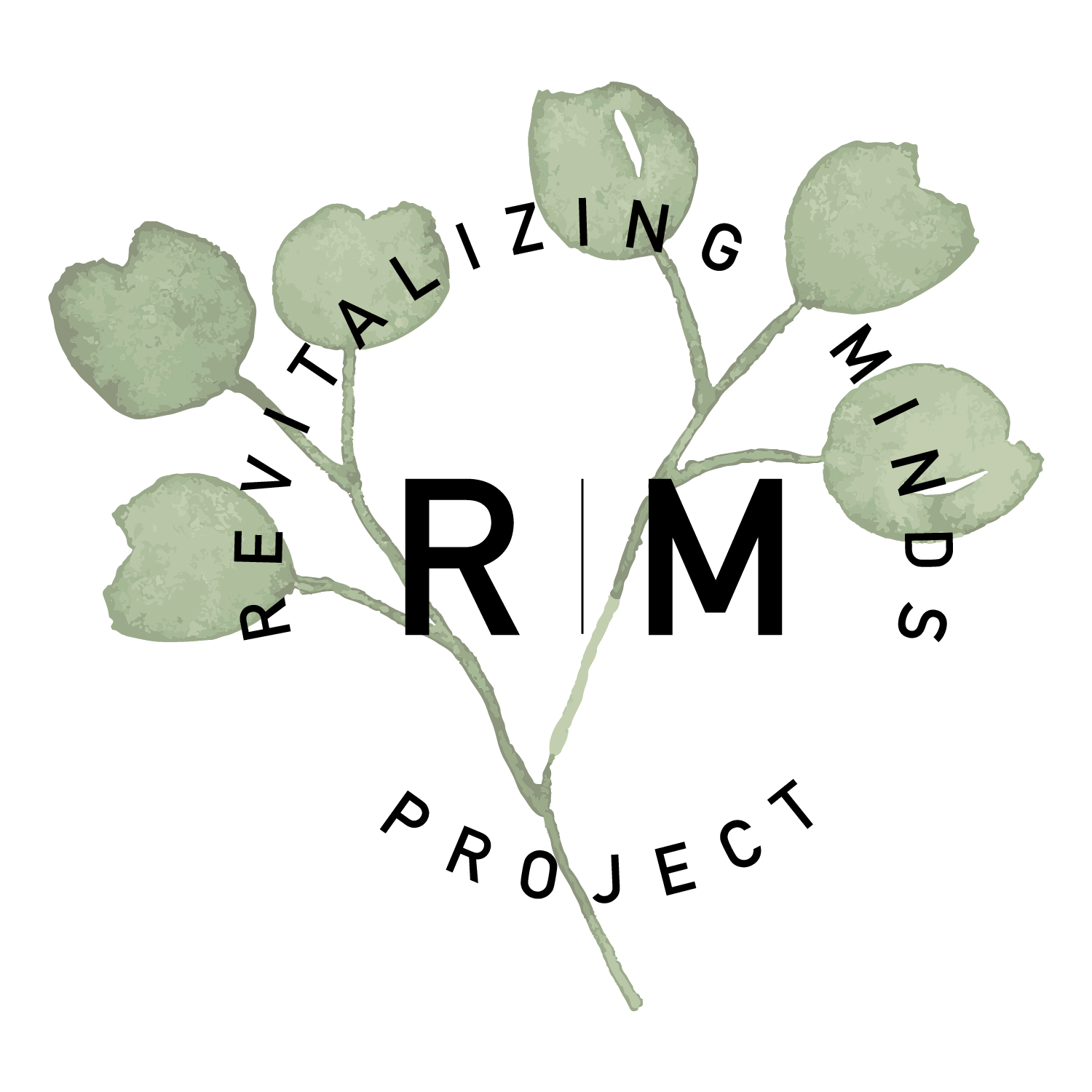Art Therapy: Who is it for and What to Expect?
Having explored different career paths, I stumbled upon the Clinical Art Therapy graduate program at Loyola Marymount University. The more I learned, the more I fell in love with the program and career. Studying the mind and individual behaviors and their environments always proved to be interesting enough for me, but adding art was even more enticing. Using art as a healing form for myself, I immediately saw the value. While this career path was new to me, Art therapy dates back to the mid-20th century in Europe. I’ve now been an art therapist for over a decade and can say I made the right decision. Art Psychotherapy offers a close, supportive, one-to-one relationship to build a deeper safe space for my clients to express and explore their healing journey. This method helps people resolve conflicts, improve interpersonal skills, manage problematic behaviors, reduce stress, & achieve personal insight. So how does it work?
According to the American Art Therapy Association, Art therapy is practiced in mental health, rehabilitation, medical, educational, forensic, wellness, private practice and community settings with diverse client populations in individual, couples, family, and group therapy formats. Art therapy is an effective treatment for people experiencing developmental, medical, educational, and social or psychological impairment. Individuals who benefit from art therapy include those who have survived trauma resulting from combat, abuse, and natural disaster; persons with adverse physical health conditions such as cancer, traumatic brain injury, and other health disabilities; and persons with autism, dementia, depression, and other disorders. Art therapy helps people resolve conflicts, improve interpersonal skills, manage problematic behaviors, reduce negative stress, and achieve personal insight. Art therapy also provides an opportunity to enjoy the life-affirming pleasures of art making.
While it’s incredibly useful for all populations, it’s often confused with arts and crafts. So, what is the difference between art therapy and arts & crafts? Arts and crafts is often creating a finished artwork usually in a learning environment or with a trained artist. You may find completing arts and crafts has expectations of using a particular set of skills and at times the artwork is created with the end result being judged aesthetically. Art therapy on the other hand is not being judged for its aesthetically pleasing value, but rather is searching for therapeutic context. Artwork produced in sessions is not intended for the end product, but more for the valuable expression within the process of creating art. The primary goal in art therapy is the intentional use of art for psychological interpretation from the client as a form of therapy. Artwork produced in an art therapy session gives insight and utilizes the method to communicate and understand the client’s growth and change throughout treatment. The therapist and the client build a strong rapport in which they work together to understand the process of their artwork.
While this modality is for everyone, Art therapy is very powerful for children and adolescents. Children and adolescents can present with difficulties in several areas ranging from learning disabilities to struggling with anxieties or depression due to life’s challenges. Art therapy provides kids with space and outlet to express through art what may be more stressful to verbalize. It gives them the opportunity to gain new coping skills. Expressing emotions through art provides a cathartic release and can empower them while building confidence. During these crucial developmental stages of childhood, providing them with this type of therapy can make all the difference as they learn to navigate growing older.
In an art therapy session, you can expect for a qualified mental health therapist to guide you through how to access and identify your emotional patterns. An art therapist will assist you in developing strategies to approach your life with more ease and understanding through a combination of talk therapy, drawing, painting, coloring, and sculpture. You’ll often be reminded that there is no wrong or right answer to the artwork produced. You will be reminded your artwork doesn’t need to look pretty, or precise and instead are asked to be in the moment and allow the process of art making to occur. Then when you feel your image is complete, you will sit at a distance and together with your art therapist you will make interpretations. Each session may look different, but the hope is to bring you closer to increasing awareness and finding alternative ways of increasing mental health wellness by analyzing possible tendencies seen within the process of creating the piece.
Schedule your consult today to learn if art therapy is the right fit for you!
Written by Jacqueline Metcalfe, LMFT, ATR
